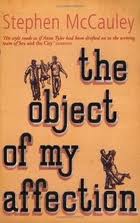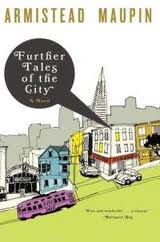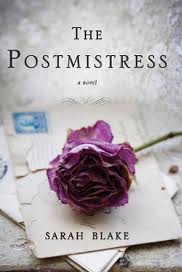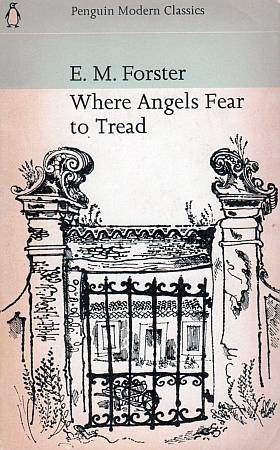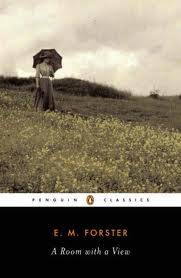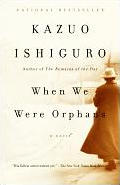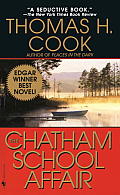“She had seen just now what she had only sensed before, that the whole world was ready to be their enemy, and suddenly what she and Carol had together seemed no longer love or anything happy but a monster between them, with each of them caught in a fust.” (Ch.19, 245)
Published in 1952 under the pen name Claire Morgan, the novel chronicles the love affair between 19-year-old Therese Belivet and the wealthier, older and more worldly suburban mother Carol. Fresh out of the orphanage, aspiring to be a set designer, Therese works as a salesperson in a department store. An unlikely courtship ensues when she sends a Christmas card to the delivery address of Carol Aird after they met at the counter.
Carol was like a secret spreading through her, spreading through the house, too, like a light invisible to everyone but her.” (Ch.8, 95)
It seems that loneliness, suffocation in life, and unspoken desire all play a part to orchestrate thus relationship. Therese is haunted by a loneliness as a result of traumatized childhood. She’s haunted by the hopelessness of ever being the person she wanted to be and of the things she wanted yo do. Carol is in the throe of a different divorce and her custody right of the daughter is at stake. There’s an instant spark of attraction between them but neither knows how to react. They’re drawn to each other, trying for a friendship, but unable to resist deeper and more intimate relationship. They finally fall in love on the road trip to the west coast, but Carol’s husband tries to use the custody right to blackmail Carol in order to stop the relationship.
The book is written in Therese’s perspective. It’s well-structured, contemplative and sensitively written. There are more feelings, emotions, and yearning than actions. Carol is obviously the more mature and sensible of the two, as she is torn between her daughter and lover. The repercussions of their relationship calls Therese to grow as Therese is not used to think of other people’s feelings. She is called to mature into a confident young woman with a sympathetic grasp of who Carol is and what she is going through.
The book is a thoughtful character study, written in a language so relentless and unsentimental. An unbearable tension prevails throughout as the women flirt with not only desire but danger, danger on the sense that what they share is forbidden.
309 pp. Bloomsbury. Trade Paper. [Read|Skim|Toss] [Buy|Borrow]
Filed under: Books | 2 Comments »











 Off the beaten path in the quiet neighborhood of Venice is Libreria Acqua Alta, a bookstore that has resigned itself to constant flooding by keeping its books in bathtubs and boats. The first sight of the bookstore is far from curious, just a bookstore tucked away in an alley. But once I walked through the door, I can see stacks of books sitting on a gondola that runs the length of the store. The owner is accompanied by four house cats that sit peacefully near the counter.
Off the beaten path in the quiet neighborhood of Venice is Libreria Acqua Alta, a bookstore that has resigned itself to constant flooding by keeping its books in bathtubs and boats. The first sight of the bookstore is far from curious, just a bookstore tucked away in an alley. But once I walked through the door, I can see stacks of books sitting on a gondola that runs the length of the store. The owner is accompanied by four house cats that sit peacefully near the counter. 










